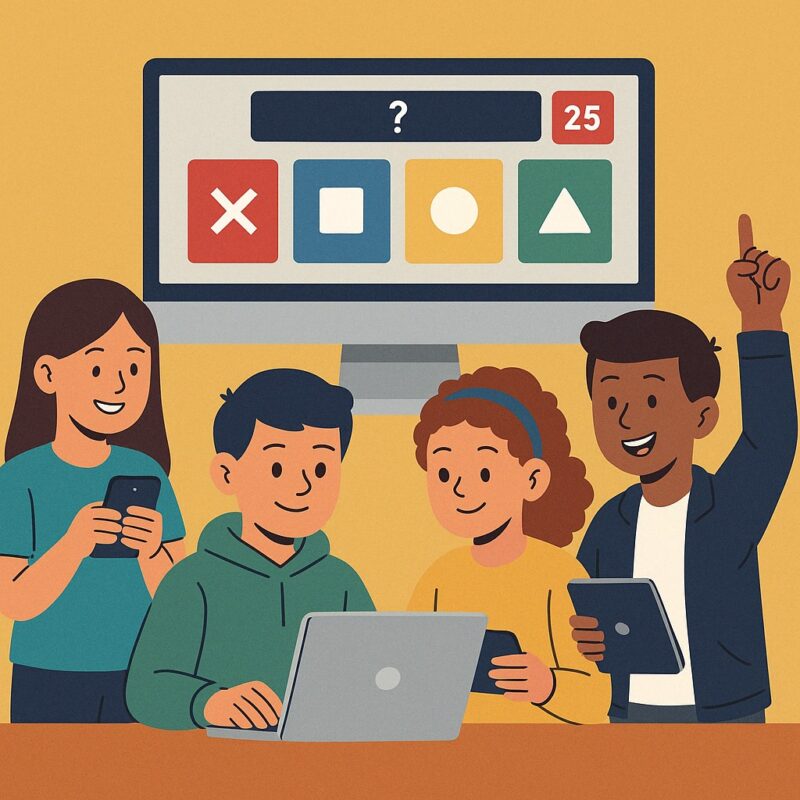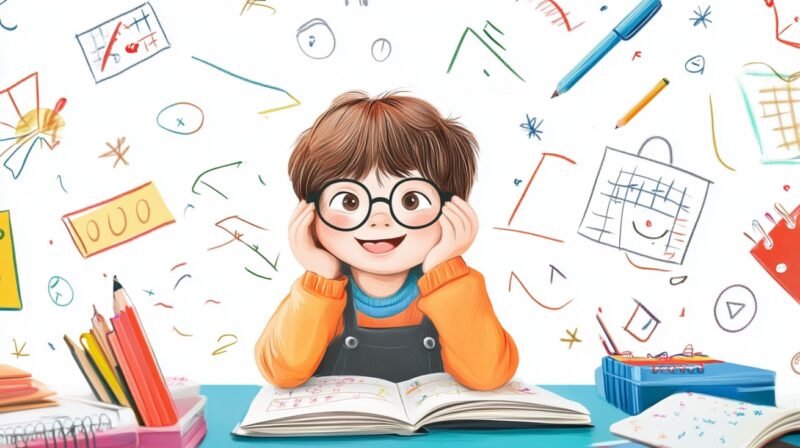
Share Post:
In a world where screens have become part of everyday life, math learning apps offer bite-sized practice and playful ways to grow key math skills.
I’ve spent a fair share of time recommending resources for teachers, parents, and kids. Some apps look flashy but don’t quite deliver; others pack serious potential behind their bright colors and cheerful mascots. Anyway they are great tools to make math more fun for your kids!
Below you’ll find my handpicked favorites for the 2025 scene, mostly based on firsthand experimentation and feedback from families.
Table of Contents
ToggleQuick Comparison Table
| App | Age/Grade Range | Key Features | Price |
| Funexpected Math | 3-7 | 10,000 tasks, digital tutor, interactive lessons | $10.99/mo or $64.99/yr |
| Prodigy Math Game | 1st-8th grade | Math problems in a fantasy RPG setting | Free basic; premium from $9.95/mo |
| Khan Academy Kids | 2-8 | 5,000+ lessons, covers math & literacy | Free (no ads or in-app purchases) |
| DragonBox Numbers | 4-8 | Visual, Montessori-style number sense | $5.99/mo |
| Splash Math | Pre-K-5th | 1,900+ games, adaptive, curriculum-aligned | $9.99/mo or $59.99/yr |
| ABCmouse.com | 2-8 | 10,000+ activities across subjects | Subscription-based |
| MobyMax | K-8 | 27 subjects, personalized approach, progress data | Pricing depends on plan |
| Pok Pok | 2-8 | Open-ended, calm design, hand-drawn animations | $59.99 lifetime |
| WuKong | 1st-12th grade | Live classes, game-style, flexible plans | Flexible pricing + trials |
| DoodleMaths | 4-14 | Adaptive, “7-a-day,” tracks growth | Subscription-based |
1. Funexpected Math (Ages 3 to 7)
I love that Funexpected Math starts right at the toddler stage. For families who have curious preschoolers zooming around the house, this app can be an ally.
Key Features
- Over 10,000 tasks across 675 lessons
- A smart digital tutor that notices a child’s pace and adjusts
- Topics like counting, shapes, patterns, and basic math operations
Kids at that age can be wiggly, so a quick-paced approach is a bonus. The monthly plan costs $10.99, with an annual option at $64.99, and there are no annoying ads.
If you want something that feels more like playful exercises than rigid drills, Funexpected Math might be the way to go.
2. Prodigy Math Game (Grades 1-8)
Prodigy has been around a while, and it still holds its own in 2025. It’s essentially a fantasy role-playing game where you battle creatures and gather items, but the “attacks” happen through math problems.
Key Features
- Free for the basic version
- Premium memberships from $9.95 per month
- Composed of grade-specific math tasks woven into a fun storyline
One tip: if your child likes leveling up characters or collecting special items, they’ll probably warm up to this app in no time.
Prodigy can nudge kids who’d otherwise be reluctant about problem-solving into actually enjoying it—sometimes you’ll hear them laughing about a “monster they just zapped with fraction magic.”
That’s pure gold in my book.
3. Khan Academy Kids (Ages 2-8)

Khan Academy Kids has quickly become a must-have for plenty of households. This platform goes beyond math and includes reading and reasoning skills, too.
Key Features
- Free (and that’s not a trial—truly free)
- 5,000+ lessons with adaptive technology that shifts difficulty
- No ads or in-app purchases
Helpful for families on a budget, or for those who prefer everything in a single place. My nephew, for example, found the silly animations and friendly critters super endearing.
They’d call out, “Kodi the Bear told me to match these shapes!” in the middle of the living room. Sometimes the simplest approach is the best.
4. DragonBox Numbers (Ages 4-8)
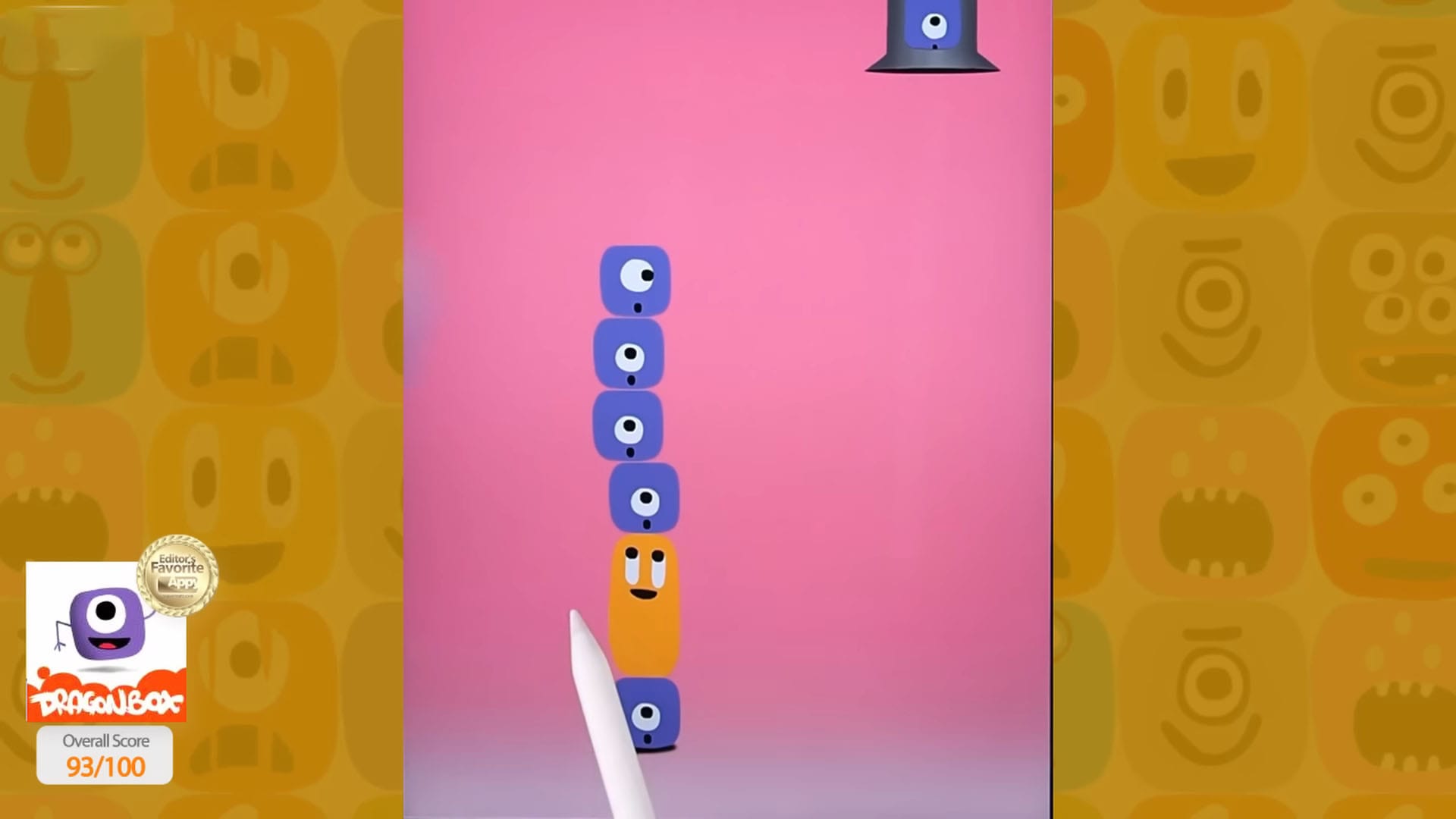
DragonBox is known for strong visuals and clever design. With DragonBox Numbers, the aim is to build a child’s sense of numbers (sort of like number sense) by letting them move shapes and objects around the screen.
Key Features
- A monthly price of $5.99
- A Montessori-inspired angle, focusing on hands-on exploration
- Bright, quirky graphics that appeal to kids
If your child is more of a visual learner who connects with pictures and creative representation, DragonBox is a solid pick.
Nothing feels forced; it’s more about letting them “play” with math so they can pick up skills without stress. There’s a calm, open-ended vibe that many children appreciate.
5. Splash Math (Pre-K to Grade 5)
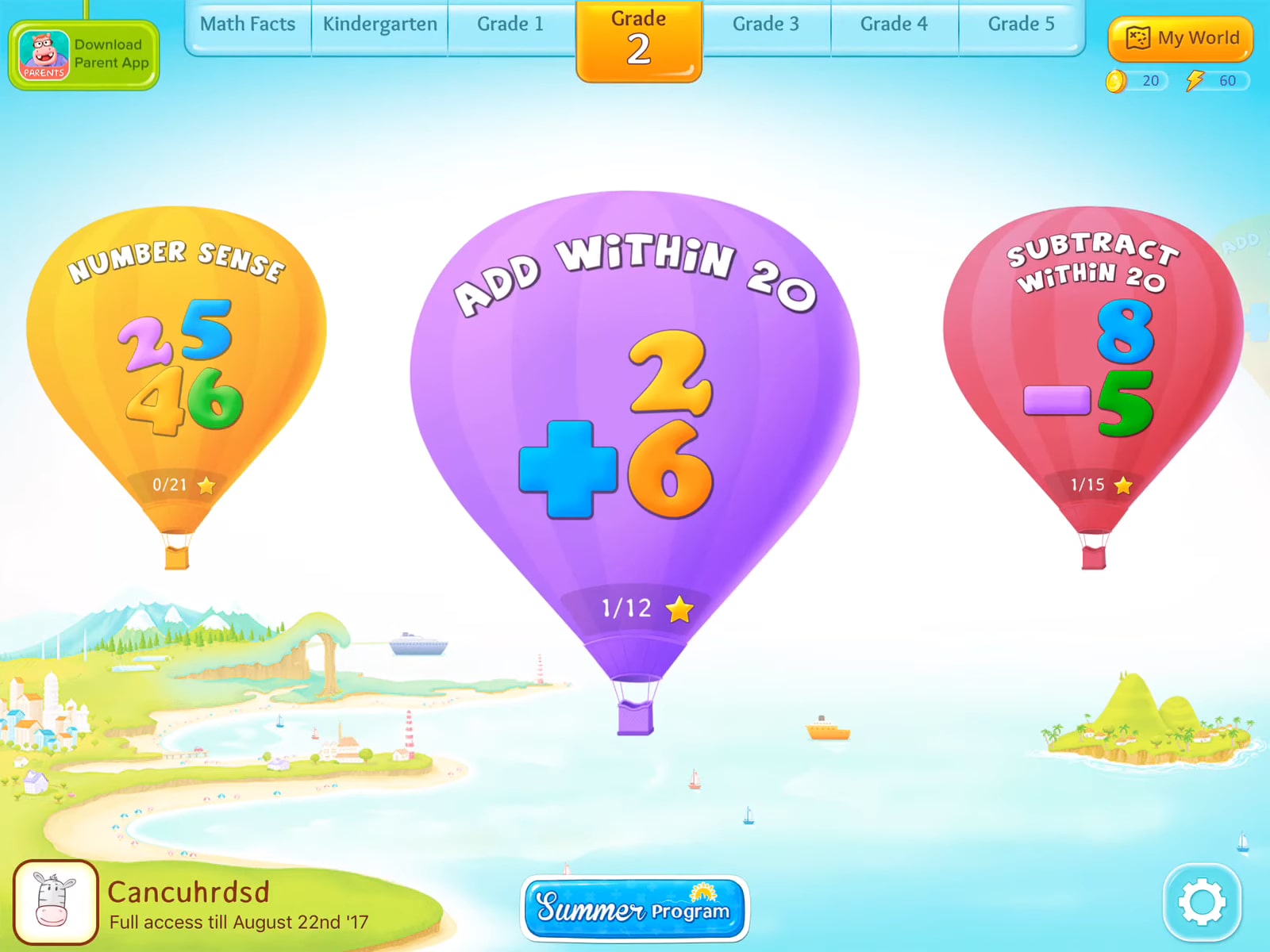
Splash Math is all about variety. It covers a broad range of topics from shapes and basic operations up to more advanced arithmetic, ensuring a good fit for different levels.
Key Features
- Over 1,900 curriculum-aligned activities
- Adaptive system that adjusts as a child moves forward
- Priced at $9.99 monthly or $59.99 per year
Kids who need to see progress markers and earn badges or small rewards might gravitate toward this. It tries to match the school curriculum so there’s a sense of continuity, and it works well for bridging any gaps kids might have before entering the next grade.
6. ABCmouse.com Early Learning Academy (Ages 2-8)
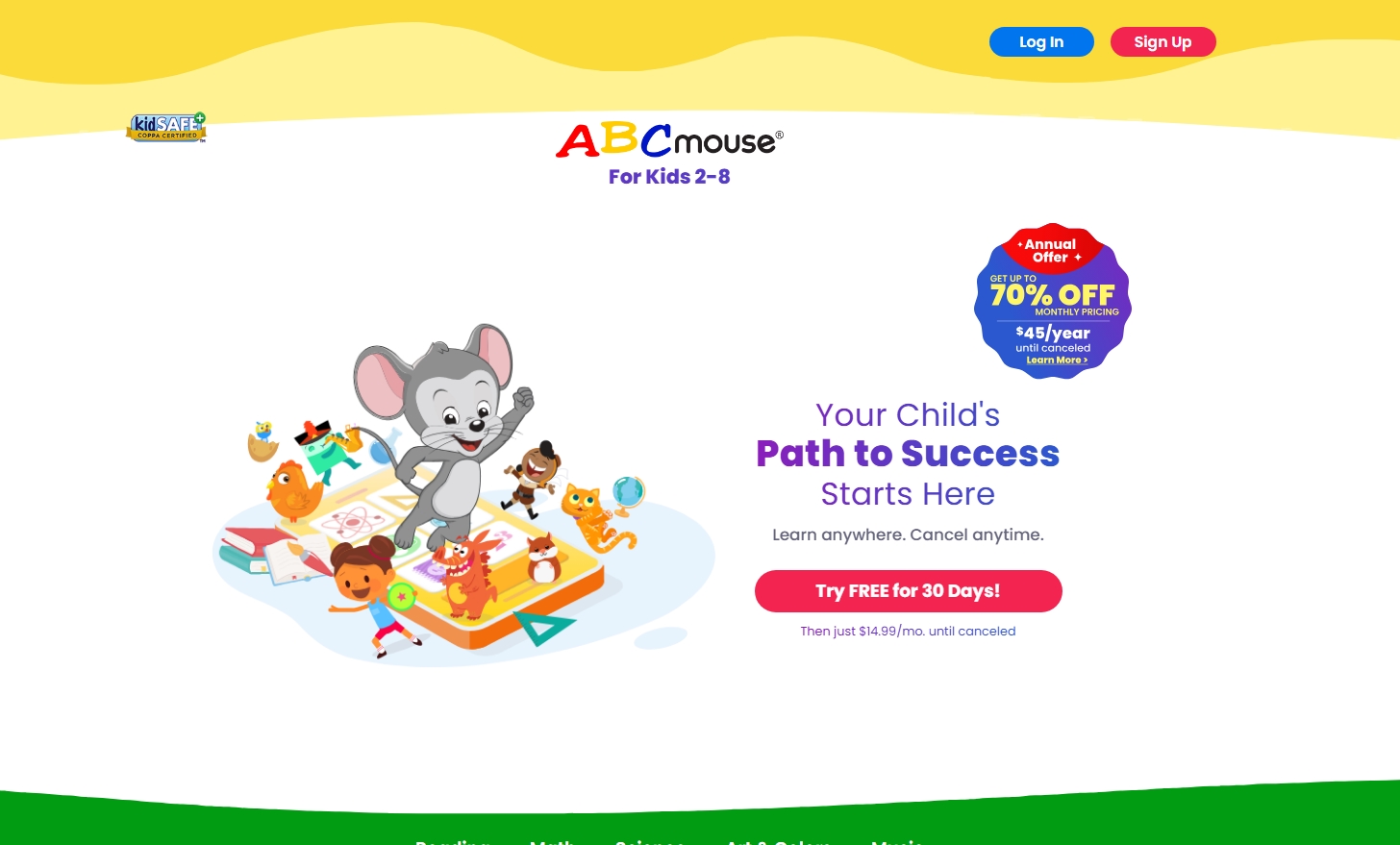
ABCmouse.com has been a staple in early learning for a good while. Even though the brand is well-known, it keeps evolving with updated lessons and activities.
Key Features
- 10,000+ learning activities across several subjects
- A structured path that feels like an actual learning program
- Accessibility online or offline, handy for travel or quieter screen times
This platform goes beyond just math. If a child is bouncing between reading practice and number games, it can give them a more holistic experience.
ABCmouse.com might be a good fit for families who want a single subscription that covers multiple early childhood areas.
7. MobyMax (Grades K-8)
MobyMax casts a wide net, with coverage across math, reading, science, and more. The real benefit is how it zeroes in on each child’s skill gaps.
Key Features
- 27 subjects offered in total
- Tailored approach to detect learning challenges
- Progress monitoring and interactive games
Schools often adopt MobyMax for entire classrooms, but families can use it at home too. It breaks down lessons into manageable bites, so kids can keep track of their growth.
For children who like data and visible progress, MobyMax has charts and graphs that can feel super motivating.
8. Pok Pok (Ages 2 to 8)
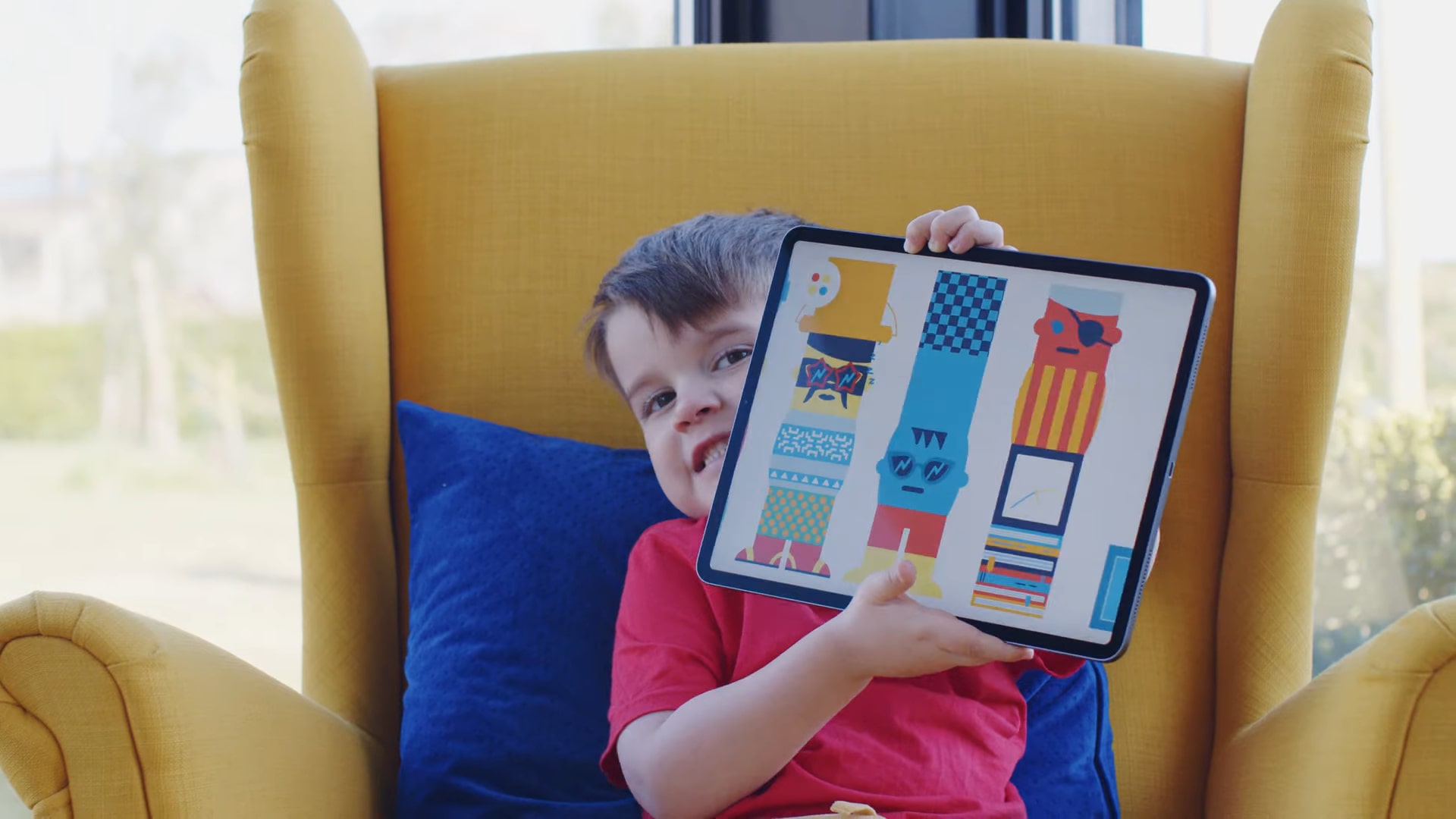
Pok Pok leans toward gentle exploration instead of timed quizzes or highly structured tasks. Think of it as a digital playroom with a Montessori flair.
Key Features
- Lifetime subscription at $59.99
- Hand-drawn animations with relaxing sounds
- No levels or timers, which fosters a stress-free environment
It’s basically the digital equivalent of free play. For younger kids who might get anxious with countdowns or a constant barrage of problem sets, Pok Pok delivers a creative space without pressure.
It might not be the app for direct skill drilling, but it offers a calm place to grow number sense and experiment with shapes and patterns.
9. WuKong App (Grades 1 to 12)
WuKong sets itself apart by offering live math classes along with recorded lessons and challenges.
This goes all the way through high school, which is unique among many kid-focused math apps.
Key Features
- Catered to students from 1st grade up to 12th
- Provides game-style challenges to keep things fun
- Flexible pricing, with trial periods available
For families who want a bit more teacher-student interaction, the live classes can be a game-changer. It’s a step beyond just tapping answers on a screen.
The chance to interact with an instructor in real time can boost confidence and keep older learners more engaged.
10. DoodleMaths (Ages 4 to 14)
DoodleMaths stands out for its “7-a-day” approach. It tries to serve up daily tasks in small, manageable chunks.
Key Features
- Adaptive learning that reflects a child’s evolving strengths
- Alignment with both U.K. and U.S. Common Core standards
- Progress tracking so kids and adults can see how it’s going
I’ve noticed that children who do a little bit of math each day often build momentum. It’s like doing quick workouts for the brain.
DoodleMaths capitalizes on that, and its interface feels pretty intuitive, with the right balance between repetition and variety.
Choosing the Right Math App
- Age and Level: Check the recommended age or grade range. Some apps might have bright, cartoonish graphics but still target older students. Others might be more straightforward and better suited for early learners.
- Teaching Style: Apps differ in how they approach lessons. Some place kids in the middle of playful storylines (like Prodigy), while others use open-ended exploration (like Pok Pok). Think about your child’s personality. Do they prefer structured paths or do they thrive with creative freedom?
- Budget: Free resources exist (like Khan Academy Kids), but a paid subscription sometimes brings perks like more activities, personalization, or live classes. It’s a matter of balancing features and cost.
- Offline vs. Online: If you travel or live in areas with spotty internet, having an option to work offline can be a game-changer. Apps like ABCmouse.com have offline capabilities. That might be a selling point if you want to keep your child engaged during road trips.
- Adaptability: A truly helpful math app will modify questions based on how kids respond. Some adjust automatically, while others have parent or teacher dashboards for manual tweaking. Either way, personalizing the experience can help kids stay motivated.
Summary
Keeping children excited about math doesn’t have to be a massive struggle. With these apps and cool mathematical game ideas, you’ve got a lineup that ranges from free and simple to premium and robust.
My biggest advice is to pick one, see how your child clicks with it, and don’t worry about looking for perfection in day one. The magic comes from consistent, bite-sized interactions.
Eventually, you might see your kid breezing through equations, pointing out shapes, or playing “pretend classroom” with stuffed animals—all thanks to a bit of guided screen time and creative math adventures.
Related Posts:
- 8 Best Resources for Math Teachers 2025 - Websites,…
- The Best Math Challenges for Kids in 2025 & How to Get Ready
- Best 12 AI Tools for Math Problem Solving in 2025
- How to Choose the Best Degree for Future Job…
- Best 10 US. Universities for Mathematics in 2025 –…
- 12 Best Online Quiz Games for Classrooms in 2025











